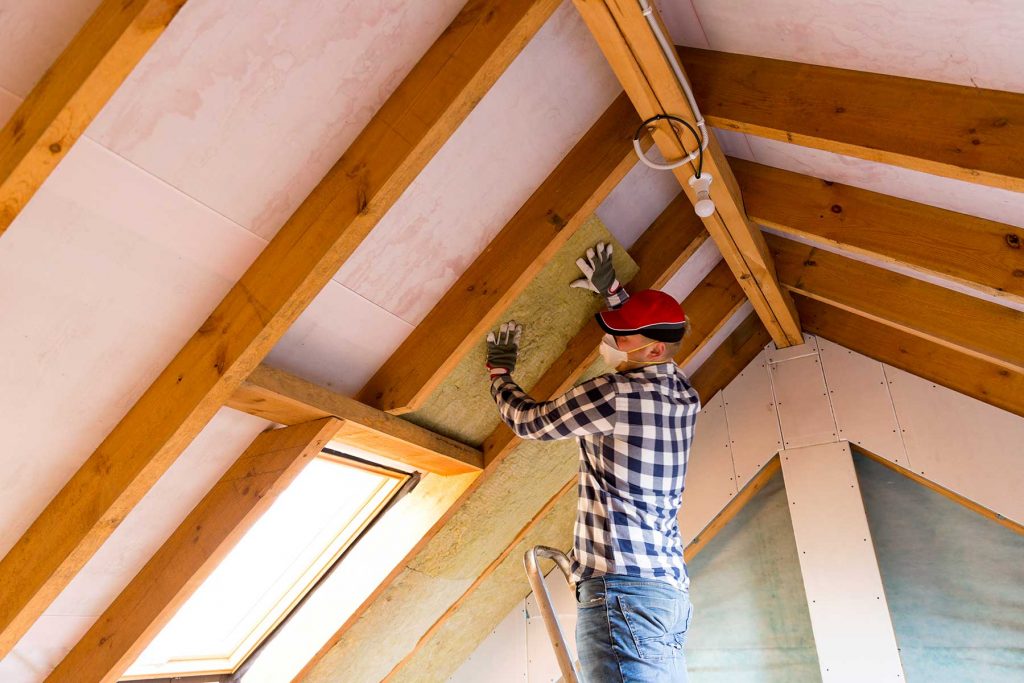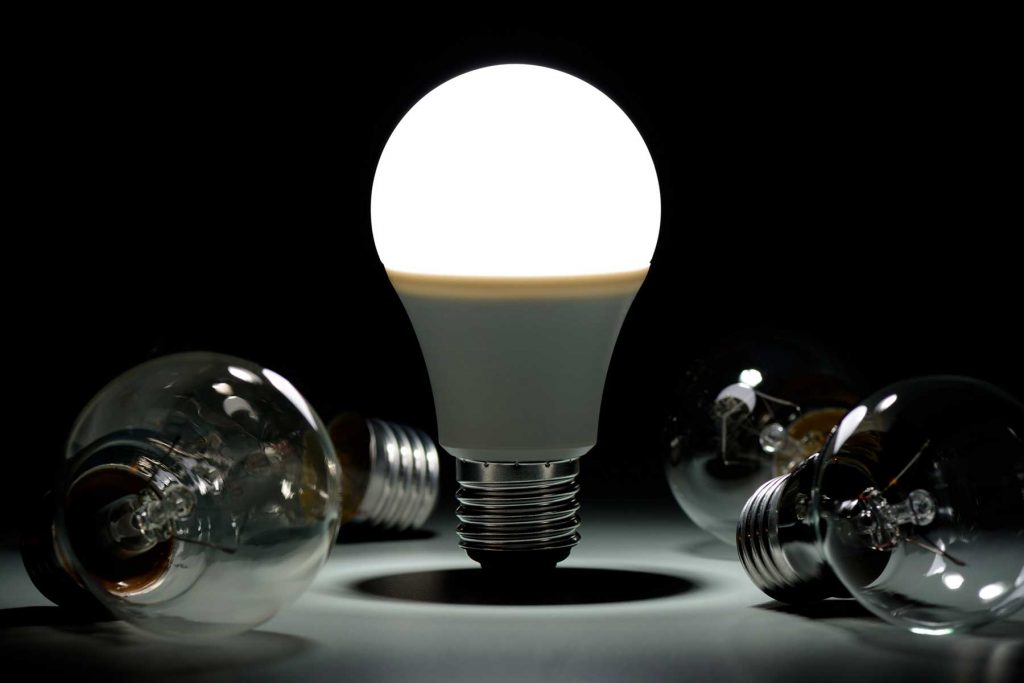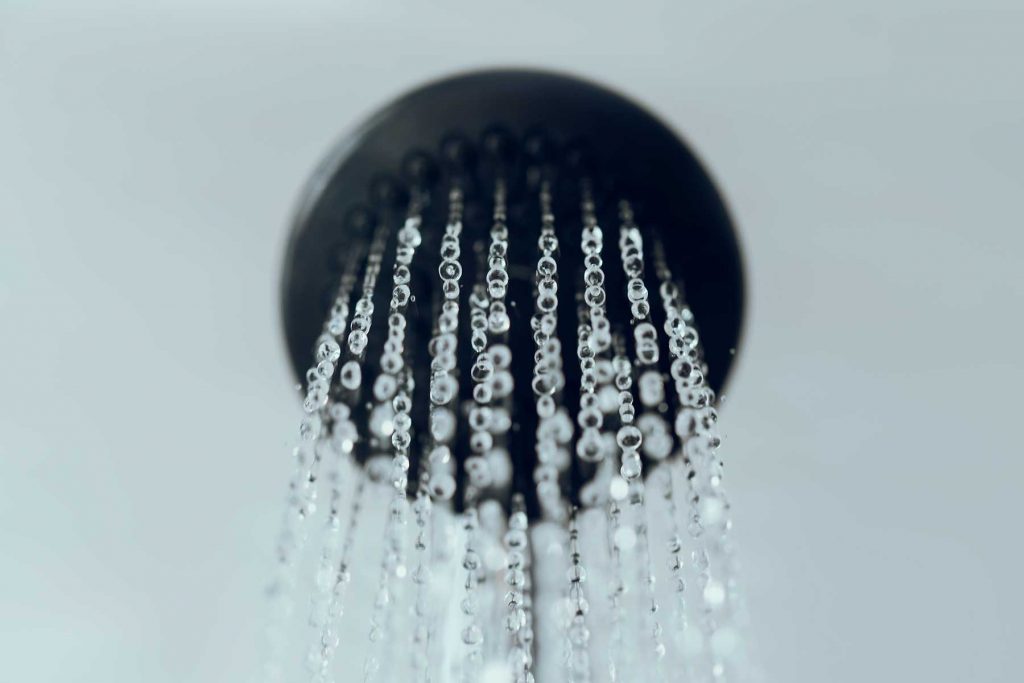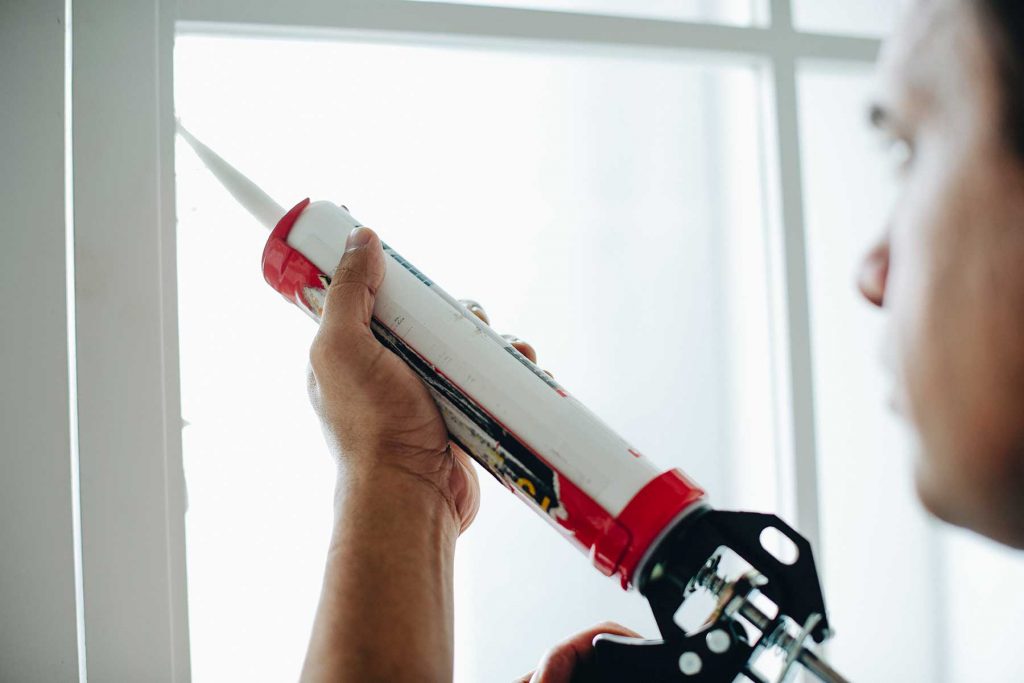
If you think big budget when you hear “green remodeling,” it might be time to revisit your preconceived notions about sustainability. A lot of homeowners think that environmentally friendly features will drive up the cost of their remodel, but in reality, smart green improvements can be affordable.
Not only that – they can help you save money in the long run, with lower utility bills and higher resale value. As Certified Green Professionals, the T.W. Ellis team has the training, knowledge and experience to remodel your home to meet sustainable standards. An important part of our training has been in helping homeowners find green improvements that are also cost-effective.
Read more: Why Choose a Certified Green Professional Builder
There are numerous ways to make a home more eco-friendly, but here are some of the best ways to do so without blowing your budget.
1. Upgrade to energy-efficient appliances
If your appliances are more than a decade old, replacing them will not only improve the aesthetics of your home but also lower your energy bills. Kitchen appliances alone can be responsible for more than 30 percent of home energy consumption.
Every appliance has a yellow EnergyGuide label that shows the estimated energy usage and operating cost of the unit. It also shows how that compares to the average cost of similar models. Further, you want to be looking for Energy Star certification, which will also be indicated on the label.
A few other items to consider:
- Refrigerators and freezers are the biggest users of electricity in the kitchen. Energy Star estimates that U.S. consumers are collectively paying an extra $5.5 billion in energy costs because of old, inefficient units.
- An Energy Star-certified dishwasher will save, on average, 3,870 gallons of water over its lifetime. Choosing a model that has multiple wash cycle options can also help you save energy by using a lighter wash when dishes are lightly soiled.
- Most homes are going to be set up for either a gas or electric oven, but if you have the choice, gas stoves usually have lower energy costs. Other considerations: self-cleaning ovens are usually better insulated and hold heat better, while convection ovens use about 20 percent less energy as the fan constantly circulates heat.
- The average family does 300 loads of laundry a year. With Energy Star-certified clothes washers reducing water usage by 35 percent, a new washer can make a big impact.

2. Lighting selections
Consider replacing traditional bulbs with LED lighting. An LED bulb produces light 90 percent more efficiently than an incandescent. LED lighting offers several advantages, including flexibility, energy savings and a longer life than traditional lighting options. And unlike CFLs or other fluorescent bulbs, LEDs have the familiar shape of incandescents.
3. Water conservation
Every day, the average home consumes a large amount of water that doesn’t need to be used. Simple fixes in your home can help you cut your water usage and reduce your water bill.
Toilets are the biggest source of water usage in the home. Even fairly new toilets may not be as efficient as the latest models on the market today, which use 1.28 gallons per flush. Older models use more than 5 gallons per flush, so the savings are readily apparent. Look for a model that is certified by the EPA’s WaterSense program.
WaterSense-labeled showerheads, faucets and fixtures use at least 20 percent less water than older models – and many can cut usage almost in half. That can mean thousands of gallons of water saved every year. Smart faucets can also help you regulate water usage.

4. Heating & Air Conditioning
Your HVAC system is the biggest user of energy in your home, so upgrading your furnace and air conditioner can make a huge impact on your utility bills. If your system is more than a decade old, a new high-efficiency unit can cut your heating and cooling costs by 20 percent. Adjusting your thermostat can offer significant savings as well. The Department of Energy recommends settings of 68 degrees in the winter and 78 degrees in the summer, but any reduction will save energy. (A programmable thermostat will make it easier to remember to make adjustments when you’re not home.)
5. Seal leaks and insulate
Looking for leaks and improving your insulation will also help cut energy bills. T.W. Ellis can help you find air leaks around your home and address them by caulking and sealing problem areas. There’s also a good chance you’re losing energy through your attic. Improving insulation there can cut energy costs by up to 10 percent.

6. Efficient Windows & Doors
Sometimes sealing around the windows and doors isn’t enough. The older your windows, the more likely they are to be leaking air. Doors, especially glass sliders, can be equally problematic. There are a ton of options out there and it can be confusing once you start talking about U-factors, low-E glass, gas fillers and more. Our experience working with a variety of window companies can help you sort through all the information and find the best solution for your home.
7. Water Heater
The water heater is the No. 2 user of energy for most homes. Once again, if your water heater is more than a decade old, you can realize significant savings with a new system. Energy Star estimates the average home can save up to $3,500 over the lifetime of the unit by upgrading to an efficient model.
These improvements are just the beginning of the ways T.W. Ellis can help you make your home more sustainable! There are countless possibilities to reduce the environmental impact of your home. Contact us today to find out what we can do to help you with your next project!
